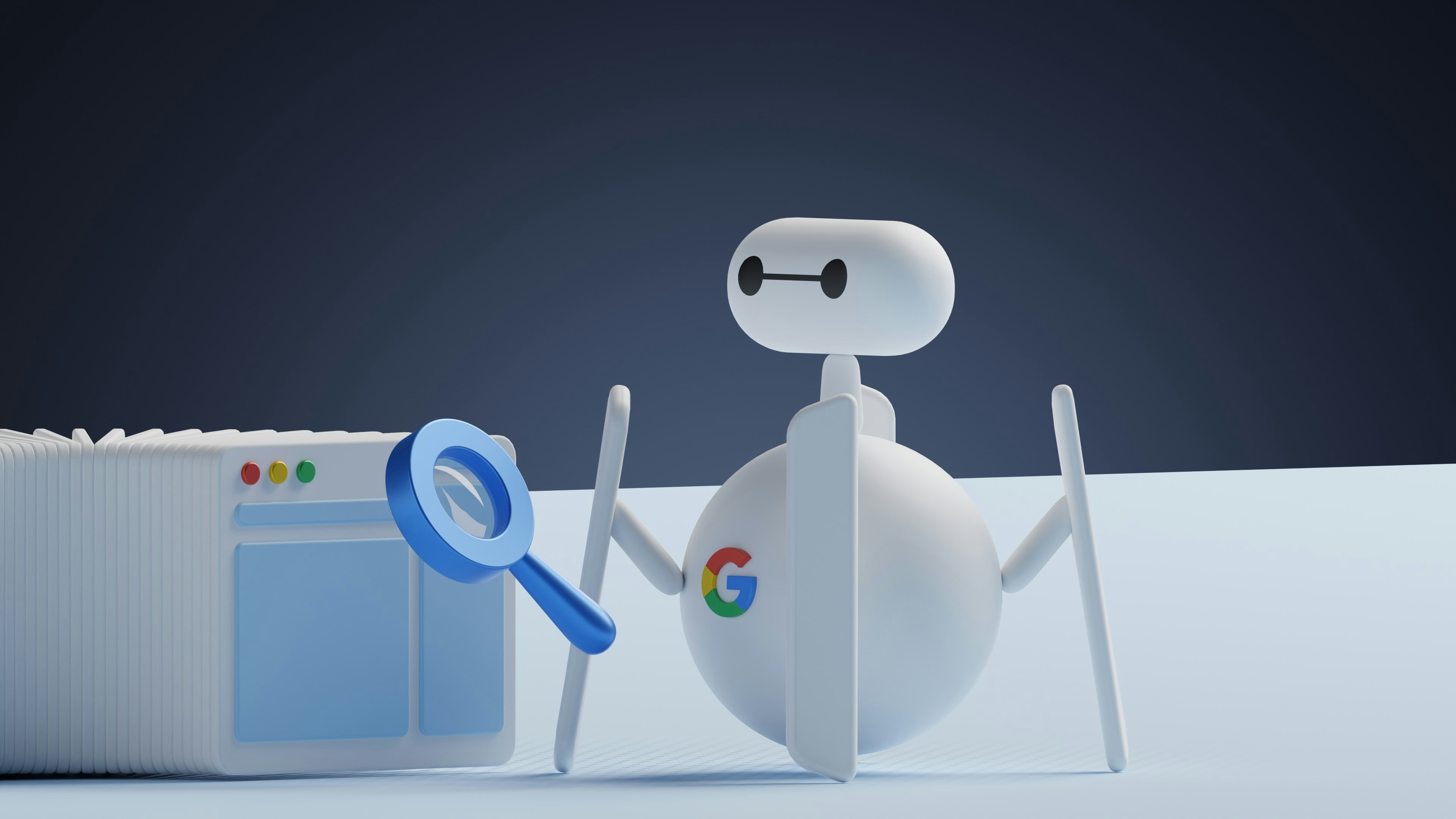Customer psychology in Digital Marketing
If you know how your audience thinks, then congratulations — you have won half of your battle because you can design your content in such a way that it truly connects with your target audience. In today’s fast-paced digital world, Digital Marketing isn’t about ad campaigns or SEO, and if you think you are sorted by doing only these things, then sorry to say, you are just shooting arrows in the dark. Yes, because Digital Marketing, at its core, is about understanding people – their needs, emotions, and decision-making process. This is where customer psychology comes in.
When you understand what drives your audience emotionally and mentally, then you don’t just sell products/services – you build connections and long-term loyalty.
Why customer psychology matters in Digital Marketing
There are many psychological triggers in digital marketing, as every click, scroll, and purchase is driven by a number of psychological factors. Customers don’t just buy products or services – they buy trust and experience first because they start connecting their story with yours. Have you ever noticed that brands showing real customer photos or feedback perform better than ones showing animated or vector images?
Psychological factors that trigger digital marketing are:
- Social Proof
It’s a psychological concept introduced by Robert Cialdini in his book Influence, which states that people trust more what others recommend. When people are uncertain about whether they should buy something or not, they prefer reviewing previous customers’ experiences about that particular purchase. It’s like: “If so many people like it – it must be good.”
Example: Have you ever scrolled through Instagram or YouTube and seen influencers visiting restaurants, showing the ambience, tasting the food, and then recommending their must-try dishes? And honestly — don’t you sometimes start craving it and actually believe their recommendation, even ordering the same when you visit that place?
- FOMO (Fear of Missing Out)
It is one of the most effective digital marketing triggers, linked to the scarcity principle. It taps deep into human psychology because the fear of losing something valuable is stronger than the desire to gain it. In digital marketing, when customers believe an offer, deal, or opportunity won’t last, they act quickly.
Example: Deadline-driven or low-stock deals push customers to act fast. Scarcity creates urgency, and it’s a common human tendency that when something becomes limited in number or amount, it becomes more valuable.
- Color Psychology
Colors work on the subconscious mind. In Digital Marketing, the right color can attract attention, build brand identity, and influence buying decisions. Research shows that 85% of shoppers say color is the main reason they buy a product. Different colors have different meanings in marketing, and there is science behind them.
Examples:
- Red shows excitement and grabs attention.
- Blue shows trust and security – Facebook, LinkedIn, and many banks and insurance companies use blue.
- Orange reflects creativity, energy, and calls to action – Amazon’s “Add to cart” button is orange, which triggers quick actions.
- Anchoring Effect
When Apple launches a new iPhone at ₹160,000, suddenly the older version of the same at ₹90,000 feels reasonable. That’s anchoring. Your brain is locked on to the first number (₹160,000) as the normal price, and everything lower than that feels cheaper, even though ₹90,000 is still a lot. Humans dislike making complex comparisons, so the brain sticks to the first number it sees, and that becomes the reference point for decisions.
Example: You saw a product on Amazon showing MRP ₹2,999 → Now ₹999. Your brain thinks: “Wow, I saved ₹2,000!” Isn’t it true? But that ₹2,999 was just an anchor to make ₹999 feel like a steal deal.
- Storytelling
Facts inform, but stories inspire. Brands that tell stories win loyalty. Have you ever wondered why we cry in movies or feel excited in ads? Because when we listen to a story, our brain acts like we’re living it. Several well-known brands have skyrocketed their sales through storytelling. Whether it’s Fevicol’s iconic ads, Cadbury Dairy Milk’s Kuch Meetha Ho Jaye campaigns (which made Cadbury the go-to symbol of celebrations in every household), or Zomato’s witty micro-stories like “Hey, your stomach called, it’s craving biryani.”
Conclusion
In the end, I want to sum up by saying that digital marketing is not about reaching more eyes; it’s about reaching more hearts. Remember: every ad you design, every word you write, and every picture you show should have the power to influence and drive decisions in your favor.
Watch how small shifts in understanding people create massive shifts in your results.

